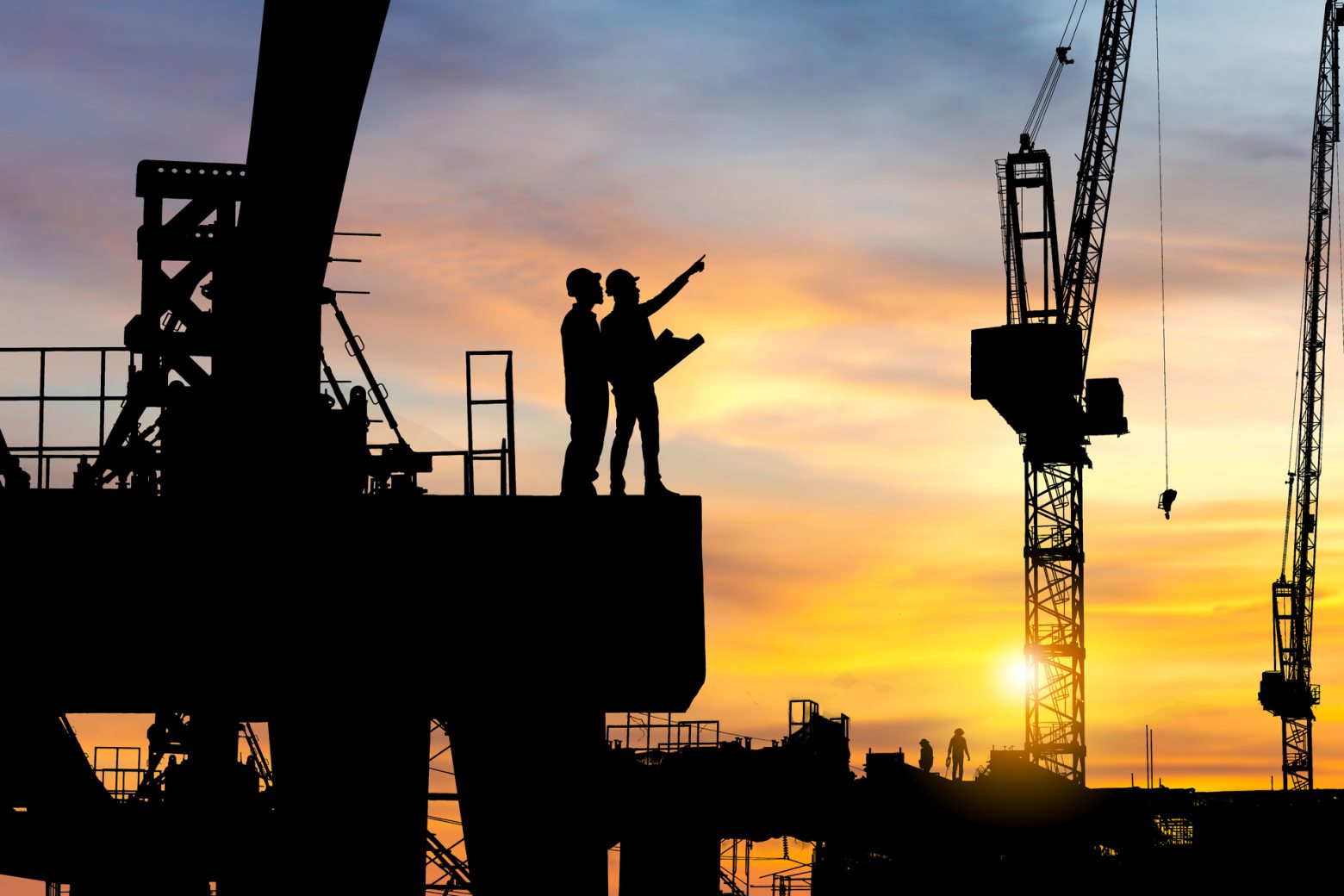Saudi Arabia’s Vision 2030 is an ambitious strategic plan aimed at transforming the country’s economy and society. A significant component of this vision is the development of the construction industry, with numerous mega projects and initiatives that are reshaping the landscape. This article explores the impact of Vision 2030 on Saudi construction, focusing on major projects, economic diversification, and sustainable development.
Table of Contents
Overview of Vision 2030
Vision 2030, launched in 2016, is Saudi Arabia’s blueprint for reducing its dependence on oil, diversifying the economy, and improving various sectors, including health, education, infrastructure, recreation, and tourism.
Key Goals of Vision 2030
- Economic Diversification: Reducing reliance on oil revenues by developing other sectors.
- Job Creation: Creating new jobs in various industries, including construction.
- Sustainability: Promoting sustainable practices across all sectors.
- Tourism Development: Enhancing the tourism sector to attract international visitors.
Major Projects Under Vision 2030
NEOM
Overview
NEOM is a $500 billion mega-city project that aims to be a global hub for innovation, technology, and sustainability.
Key Features:
- Smart City: Integrates advanced technologies such as AI and IoT.
- Sustainability: Powered entirely by renewable energy sources.
- Innovation: Focus on biotech, advanced manufacturing, and renewable energy.
Impact
NEOM is set to create thousands of jobs and attract international investments, significantly boosting the construction sector.
Red Sea Project
Overview
The Red Sea Project aims to transform the Red Sea coast into a luxury tourism destination, with a focus on sustainability and environmental conservation.
Key Features:
- Eco-Tourism: Sustainable luxury resorts and residential communities.
- Biodiversity Protection: Conservation of natural habitats and marine life.
- Renewable Energy: Commitment to zero waste-to-landfill and carbon neutrality.
Impact
The project is expected to generate significant economic activity, creating jobs and driving growth in the construction and tourism sectors.
Qiddiya
Overview
Qiddiya is an entertainment and sports city near Riyadh, designed to become the Kingdom’s capital of entertainment, sports, and the arts.
Key Features:
- Theme Parks: Multiple theme parks and entertainment venues.
- Sports Facilities: State-of-the-art sports complexes and arenas.
- Cultural Events: Hosting a variety of cultural and artistic events.
Impact
Qiddiya will create thousands of jobs, boost tourism, and stimulate the construction of new infrastructure and facilities.
King Salman Energy Park (SPARK)
Overview
SPARK is an industrial city designed to be a global energy hub, focusing on manufacturing, logistics, and services for the energy sector.
Key Features:
- Industrial Complexes: Facilities for energy-related industries.
- Logistics Hub: Advanced logistics and supply chain infrastructure.
- Sustainability: Designed with sustainable practices and technologies.
Impact
SPARK will attract investments, create jobs, and drive the development of new industrial and logistical infrastructure.
Economic Diversification
Vision 2030 aims to diversify Saudi Arabia’s economy by reducing its dependence on oil and developing other sectors, including construction, tourism, and entertainment. This economic diversification is driving a construction boom, with numerous projects underway across the Kingdom.
Job Creation
The construction sector is one of the primary beneficiaries of Vision 2030, with numerous projects creating thousands of jobs for Saudis and expatriates. These jobs range from unskilled labor to highly specialized positions, contributing to the overall employment rate and economic stability.
Investment Opportunities
Vision 2030 is attracting significant international investments, with many global companies participating in major projects. This influx of capital is driving the growth of the construction sector and creating opportunities for local businesses and contractors.
Sustainable Development
Sustainability is a core component of Vision 2030, with a focus on developing eco-friendly and energy-efficient projects. This emphasis on sustainability is transforming the construction industry, promoting the use of green building materials, renewable energy, and sustainable construction practices.
Green Building Initiatives
The Saudi Green Building Forum and other initiatives are promoting the adoption of green building practices, such as LEED certification. These practices are helping to reduce the environmental impact of construction projects and create healthier living and working environments.
Renewable Energy Integration
Many Vision 2030 projects are incorporating renewable energy sources, such as solar and wind power, to reduce their carbon footprint and promote sustainability. This shift towards renewable energy is creating new opportunities for the construction sector, including the development of renewable energy infrastructure.
Conclusion
Vision 2030 is having a profound impact on the construction industry in Saudi Arabia, driving economic diversification, job creation, and sustainable development. Through ambitious projects like NEOM, the Red Sea Project, Qiddiya, and SPARK, the Kingdom is transforming its landscape and setting new standards for construction and development. As Vision 2030 continues to unfold, the construction sector will play a crucial role in shaping the future of Saudi Arabia.




